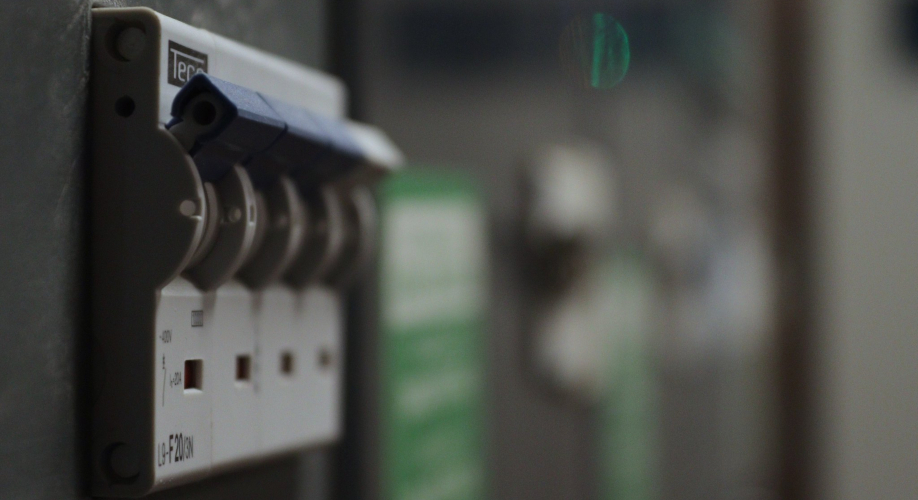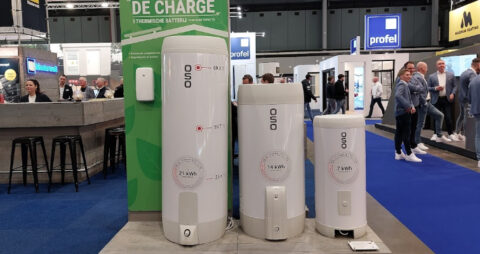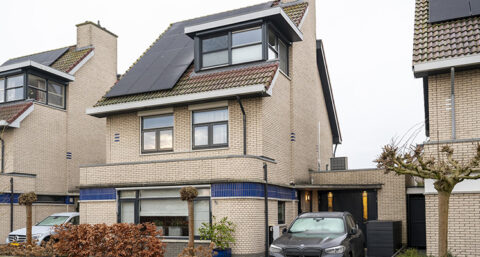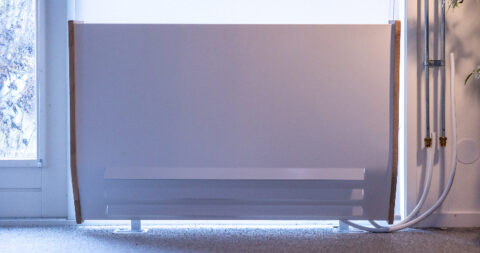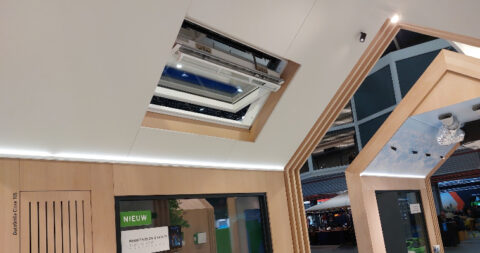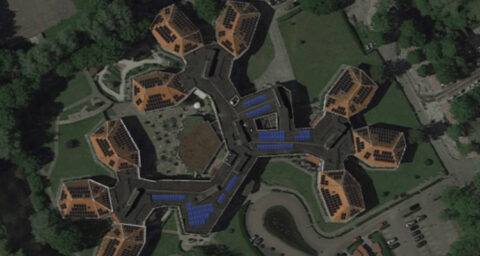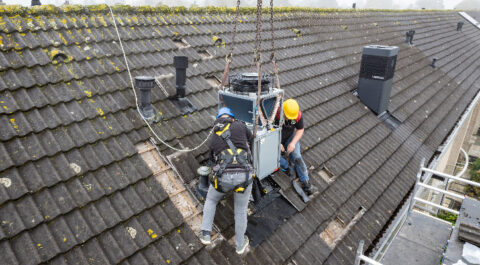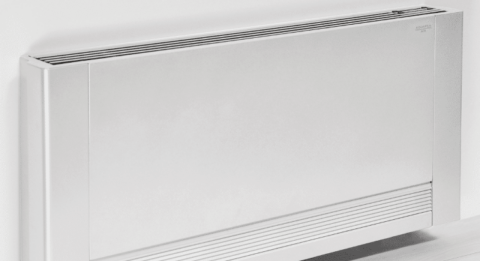In especially homes, you may encounter two different types of connections to the power grid. They are also called the 1-phase connection and the 3-phase connection. What are these power connections, which one is needed when, how do you recognize them and keep them apart?
Traditionally, a single-phase power connection is standard in homes and sometimes properties with other functions. One electricity cable enters the house in the meter box and consists of two power wires, a phase wire and a neutral wire. The distribution box in the meter cupboard is connected to this power cable, making power with a voltage of 230 volts available at connection points such as sockets and switches.
Maximum capacity
An installation circuit breaker (group) is automatically switched off as soon as the devices connected to it consume more current than the maximum permissible amount to prevent overloading. Appliances on other groups are not affected and can continue to be used. This is why large consumers such as washing machines, dryers and dishwashers, as well as solar panel inverters, are in their own groups.
In addition to the maximum capacity per group, you also have to deal with the total power a home can draw from the grid at most. Consider a 1x25A or 1x35A connection. In modern households, this is increasingly a bottleneck. Because whereas we used to have significantly fewer electrical appliances (with lower power consumption as well) and natural gas was used mainly for both heating and cooking, the power demand in today's households has increased enormously. Think of electric cooking, heat pumps and charging an electric car.
Three streams of energy
This is where the 3-phase connection comes into the picture. This is because a power plant generates not one power flow, but three power flows "simultaneously," and they have a phase difference with respect to each other. With alternating current, the voltage continuously alternates between the highest (positive) and lowest (negative) value, describing a beautiful sine wave form. In the Netherlands, among others, this happens at a frequency of 50 times per second. The phase difference means that the three currents are shifted 120 degrees relative to each other and thus in time (3×120 forms a complete cycle at 360 degrees). So the three phases are slightly out of sync.
Higher capacity
With a 3-phase connection, therefore, three power cables enter the meter box and you are dealing with a total of three phase wires and a neutral wire. Thanks to these three "separate" power connections, a capacity of, say, 3x25A or 3x35A is suddenly available instead of just 1x25A or 1x35A. By conveniently spreading the power groups over these three phases, overloading of groups and the mains connection is prevented and additional heavy appliances can now be connected. Such as an induction cooktop or a high-power heat pump. Even larger installations with solar panels require three phases to ensure that both generation and consumption, as well as any feed-in, run smoothly.
One or three?
A 1-phase connection can still be fine for homes where fairly standard household appliances are in use and possibly a hybrid heat pump or a small number of solar panels are present. Charging an electric car is also possible, for those with a lot of patience. While a 3-phase connection soon comes into the picture for electric cooking, all-electric heat pumps, something like a sauna, larger solar panel installations and to drastically reduce the charging time of an electric car.
Which connection?
To find out which connection it is, take a look at the electricity meter in the meter box. If it says 230V (or 220V) then it is a 1-phase connection, while 3x230V (or 380/400V) means there is a 3-phase power connection. You will also find a symbol of a circle at the bottom of a vertical line (1-phase) or three circles connected by lines (3-phase, looks a bit like a letter Y).
Converting a 1-phase connection to 3-phase requires, among other things, modifications in the meter box, including a different (4-pole instead of 2-pole) main switch. Obviously, this should only be done by a licensed installer.

